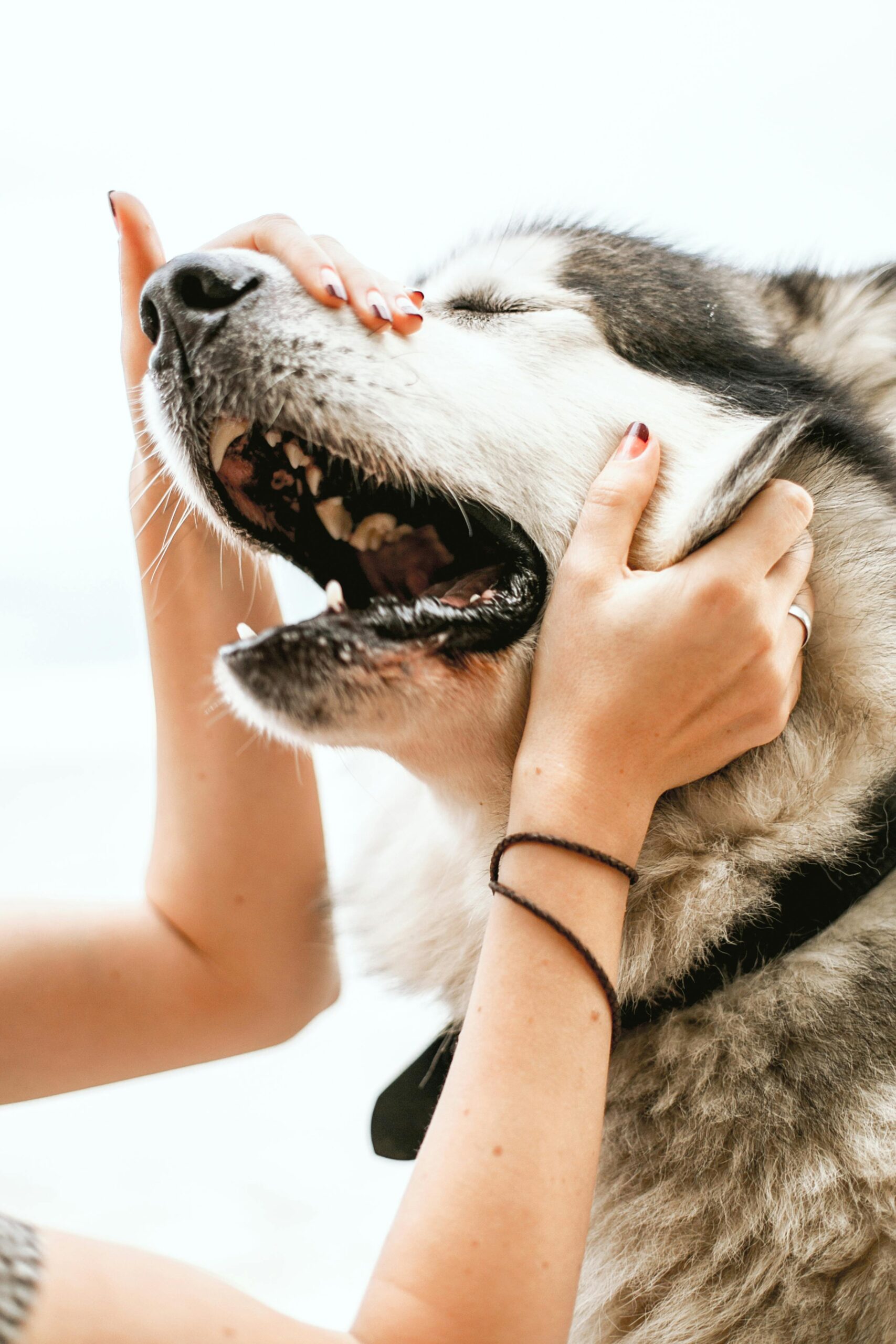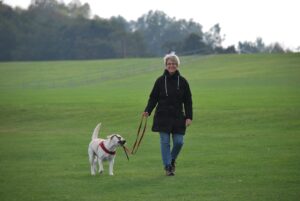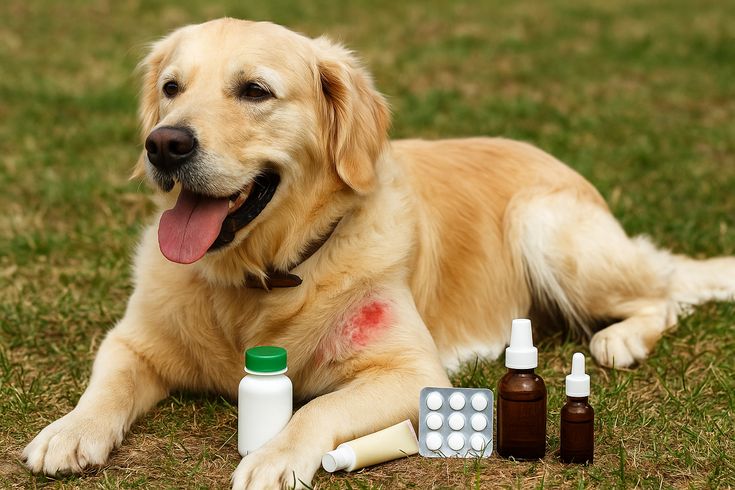How to Pet a Dog Correctly: A Powerful Friendly Guide for Every Pet Parent
Learn how to pet a dog correctly with this friendly, step-by-step guide. Discover safe, loving techniques every pet parent should know to build trust and bond with their furry friend.
Intro Snippet:
Every pet parent should understand the right way to pet a dog, as it plays a big role in building trust and comfort. This guide explores the right techniques, safe approaches, and expert tips to ensure your pup feels loved, respected, and secure.
Why Petting Matters in Building Trust
Learning is not just about showing affection—it’s about building trust. When you pet your pup correctly, you create a bond that reassures them they are safe and loved. Dogs thrive on gentle touch because it communicates comfort and security.
While many owners think all dogs enjoy constant petting, that’s not always true. Some dogs may need time to feel comfortable before they allow extended affection. Respecting their limits is part of knowing without causing stress.
Reading Your Dog’s Body Language
Before you figure out how to pet a dog, it’s important to recognize their signals. Soft ears, a gently wagging tail, and a dog leaning toward your hand usually signal that they’re happy to be petted. These cues help you know when your affection is appreciated.
However, some dogs may pull away, stiffen, or avoid eye contact when touched. Respecting these signals is critical in learning how to approach your dog in the right way.
The Right Approach Before Touching

How to Pet a Dog
A common mistake many dog owners make is failing to give their pet a proper introduction. Understanding pet, a dog begins before your hand even makes contact. Approach slowly, speak softly, and let your dog sniff your hand—it’s their way of greeting.
This gentle approach allows the dog to decide if they want to interact, creating a safe and positive experience. By giving your dog the space they need, you show that you know how to treat them with care and respect.
Where Dogs Love to Be Petted
Every owner should know how to pet a dog in ways that bring joy and comfort. Dogs usually enjoy strokes behind the ears, gentle rubs on the chest, or light scratches at the base of the tail. These spots often trigger-happy reactions.
Avoid grabbing sensitive areas like paws, belly, or tail unless your pup is fully comfortable. This knowledge is essential for anyone who wants to pet responsibly.
When Not to Pet a Dog
Understanding dog also means knowing when not to. If a dog is eating, guarding a toy, or sleeping, it’s better to give them space. Interrupting these moments may lead to stress or defensive behavior.
Teaching children to follow this rule is just as important. Respect for boundaries is a life skill that helps dogs feel secure in their homes.
Teaching Kids the Right Way to Pet
Parents should guide children on the safe and gentle ways to pet a dog. Children should always ask permission before approaching, move calmly, and avoid pulling ears or tails. These simple habits make interactions safer and more enjoyable.
When kids learn gentle touch, they not only protect themselves but also build trust with the family dog. This makes for a healthier relationship between child and pet.
How to Pet a Dog Gently: Step-by-Step Guide
If you’re wondering how to pat a dog the right way, here’s a simple way to do it:
- Approach calmly and let them sniff your hand.
- Start with strokes on the chest, shoulders, or back.
- Pet gently in the direction of their fur.
- Watch their reaction and adjust accordingly.
- End with a kind word or treat.
- Following this approach helps make each petting session both safe and enjoyable for your furry friend.
Common Mistakes Pet Parents Make
Even when learning dog, many pet parents accidentally make mistakes. Rubbing too roughly, forcing belly rubs too soon, or ignoring signs of stress can create negative associations.
By avoiding these mistakes, you make petting a truly bonding activity instead of a stressful one.
How Petting Helps with Training

Best training to pet a dog
A lesser-known benefit of petting is the important role it plays in training. Gentle strokes work as a form of positive reinforcement, just like treats. When paired with praise, petting encourages good behavior.
This balance of rewards makes training sessions more effective while keeping your dog happy.
Bonding Through Daily Petting
Practicing gentle petting every day can greatly strengthen the bond you share with your dog. A few minutes of gentle strokes in the morning or before bedtime reassure your dog that they are loved.
For rescue dogs or anxious pups, consistent petting helps rebuild trust and reduce stress. This makes daily petting an important bonding ritual.
Respecting Different Breeds and Personalities
Every breed has unique preferences, so part of learning dog is adapting to your dog’s personality. While Golden Retrievers often love belly rubs, more independent breeds may be happier with gentle strokes along their back.
Respecting these differences ensures your pet feels comfortable and understood.
How to Pet a Dog in Social Settings
Social situations require special care in knowing dog. Dogs can often feel uneasy or anxious when they come across unfamiliar people. Always teach others to ask before petting and start with safe areas like the back or shoulders.
This respectful approach makes your dog feel secure in public spaces.
Combining Playtime with Petting

Best spots to pet a dog
Learning how to pet a dog during playtime is equally important. After fetch or tug-of-war, calming strokes help balance excitement and create a smooth transition to relaxation.
Petting during play reinforces affection while preventing overstimulation.
Healing Power of Touch
Science proves that learning dog benefits both dogs and humans. Petting lowers stress hormones, boosts oxytocin, and improves emotional health. This makes petting more than just affection—it’s therapy.
Gentle touch has the ability to deepen bonds and promote better well-being for both you and your dog
When Petting Becomes Overstimulation
Knowing how to pet a dog includes recognizing when to stop. Some dogs may become overstimulated, showing signs like panting, restlessness, or pulling away.
If this happens, giving them space shows respect and prevents negative associations with touch.
Creating a Routine Around Affection

Routine Around Affection
A big part of pet a dog correctly is consistency. Establishing petting routines after walks or meals makes your dog feel safe. Predictable affection builds structure and comfort in their daily life.
A regular routine helps your dog feel safe and cared for.
Advanced Tips for Nervous or Shy Dogs
Pet parents often wonder pet a dog that is shy or fearful. Sit at their level, use slow strokes, and let them walk away if they want. Pairing touch with calm words helps them feel secure.
Over time, this patient method allows even timid dogs to trust again.
How to Pet a Dog While Grooming
Blending gentle grooming with loving touch is an important step in understanding how to pet a dog. Gently stroking your pup during brushing sessions reduces stress and keeps them calm.
Keeping grooming sessions brief and positive makes your pup more relaxed and able to enjoy both the care and the cuddles.
Using Petting to Strengthen Training Cues
Every trainer will tell you pet a dog during lessons matters. Petting as a reward for commands like “sit” or “stay” reinforces obedience. Dogs associate good behavior with positive touch, which makes learning easier.
This creates a cycle of trust, discipline, and affection.
Petting as Part of Emotional Care
Beyond affection, knowing how to pet a dog plays a role in emotional care. During stressful events like fireworks or vet visits, your calm touch provides reassurance.
Dogs feel supported and loved when your hand gently comforts them in tough times.
Conclusion: The Gentle Art of Petting
At its heart, knowing how to pet a dog correctly is about love, patience, and respect. From reading body language to choosing safe petting spots, each step builds trust and deepens your bond.
When you master this gentle art, you not only raise a happy, well-adjusted pup but also create a lifelong friendship rooted in affection and understanding.
SEO FAQs
Q1. What is the best way to learn how to pet a dog for the first time?
Start by letting the dog sniff your hand, then gently stroke safe areas like the chest or shoulders. Always watch your dog’s body language for signs of comfort.
Q2. Where should I avoid touching when learning how to pet a dog?
Avoid sensitive areas like the tail, paws, or belly until your dog fully trusts you. These areas can make them uncomfortable.
Q3. Can petting help with training when learning how to pet a dog?
Yes, gentle strokes can be used as positive reinforcement during training sessions, alongside treats and praise.
Q4. How often should I practice how to pet a dog daily?
Short, consistent petting sessions—such as in the morning and before bedtime—help strengthen the bond without overwhelming your dog.
Q5. Does knowing how to pet a dog benefit human too?
Absolutely! Petting lowers stress, boosts happiness hormones, and creates emotional balance for both dogs and their owners.











